
Video
Again lessons are designed as follow-up lessons to those in the First Step series. Language: Spanish, Topics: Words for colors, fruits, and numbers, and quantities greater than, less than, or equal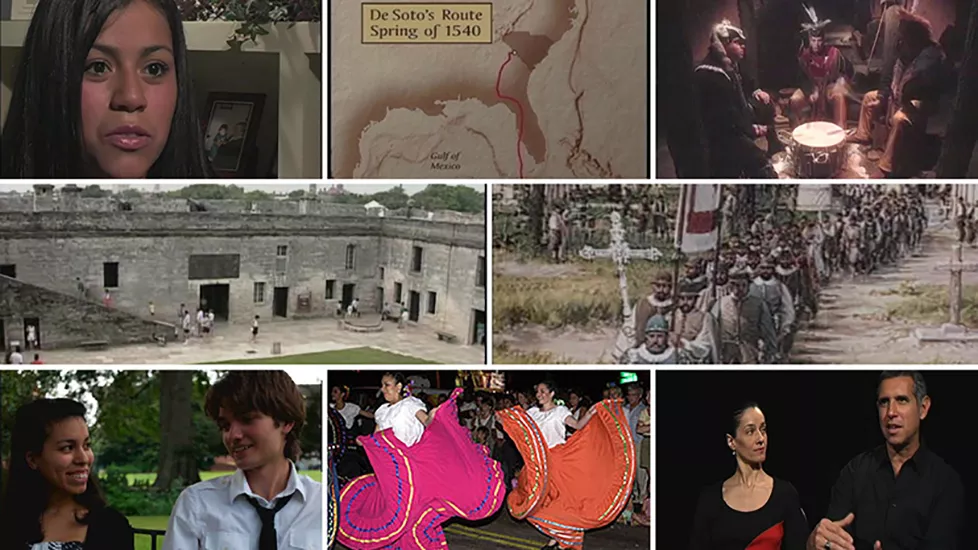
Hispanic Heritage Month is celebrated from September 15 to October 15 to promote the history, culture, and contributions of Hispanic-Americans.
Several Latin American independence days are celebrated during this time, including Costa Rica, El Salvador, Guatemala, Honduras and Nicaragua, Mexico and Chile. However, the celebration originated in September 1968, when President Lyndon B. Johnson signed an executive order for the creation of Hispanic Heritage Week. In 1988, the observance was extended to a month by President Ronald Reagan.
Check out our growing Spanish Translations collection.

Video
Again lessons are designed as follow-up lessons to those in the First Step series. Language: Spanish, Topics: Words for colors, fruits, and numbers, and quantities greater than, less than, or equal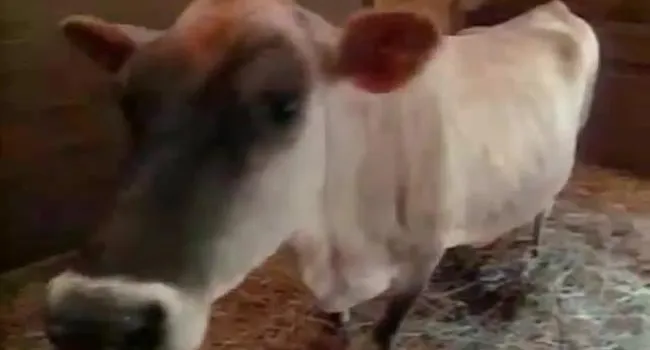
Video
Again lessons are designed as follow-up lessons to those in the First Step series. Language: Spanish, Topics: Farm.animals and foods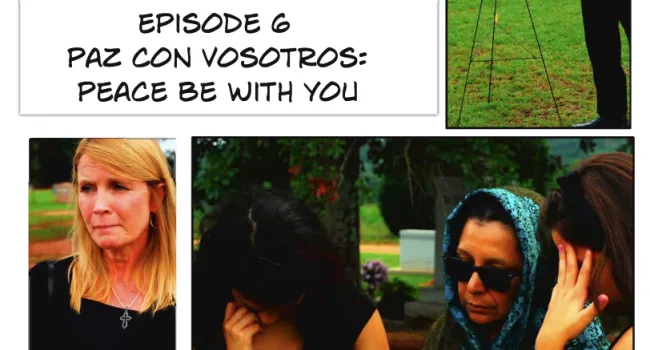
Document
Episode 6 – Paz Con Vosotros: Peace Be With You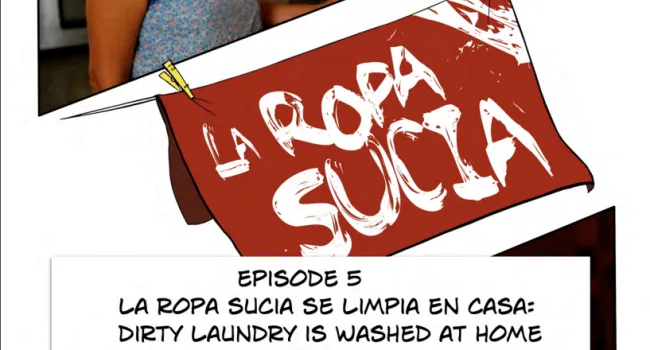
Document
Episode 5 - La Ropa Sucia Se Lava En Casa: Dirty Laundry is Washed at Home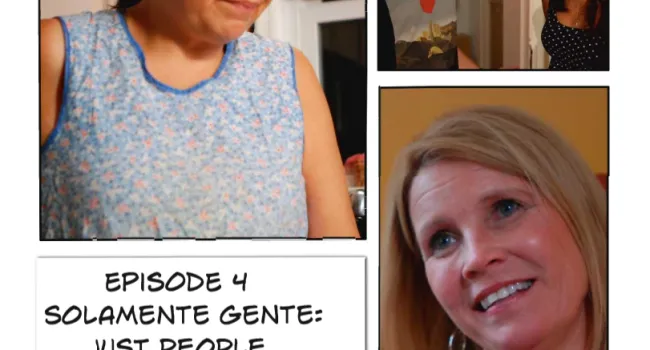
Document
Episode 4 – Solamenta Gente: Just People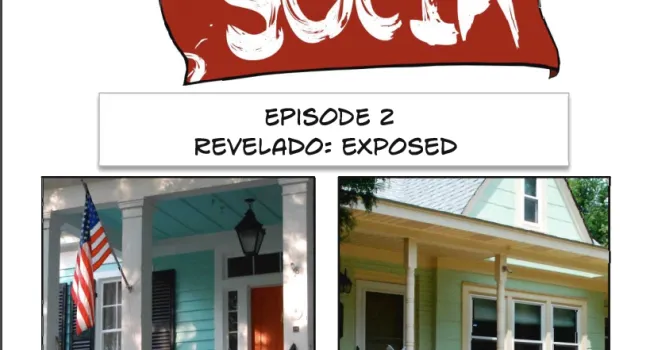
Document
Episode 2 – Revelado: Exposed Episode 2 – Revelado: Exposed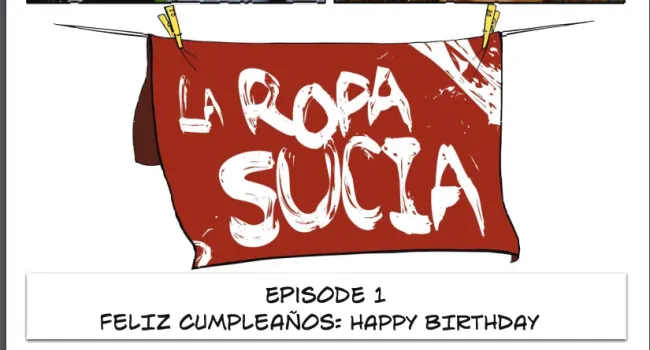
Document
Episode 1 – Feliz Cumpleaños: Happy Birthday